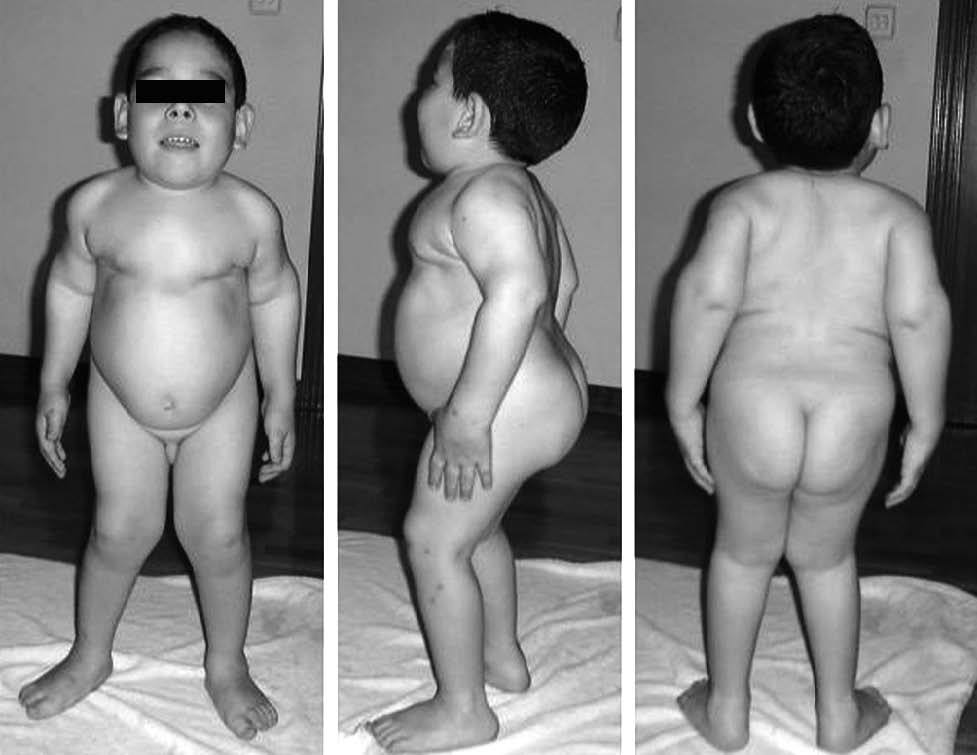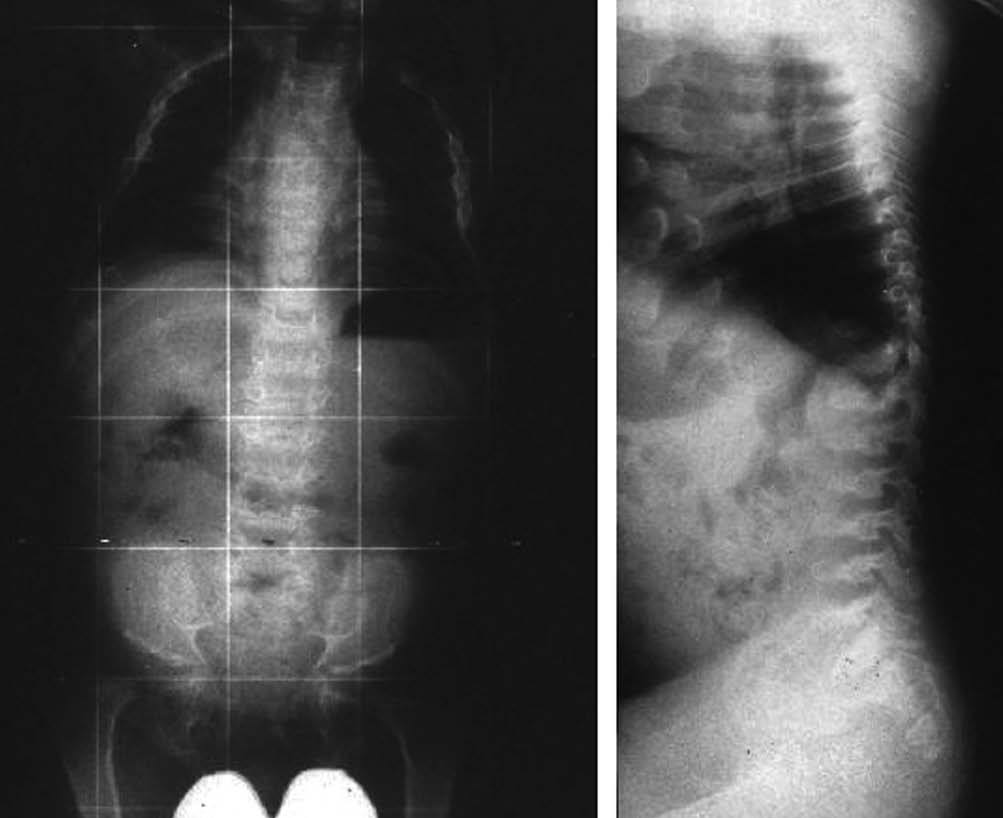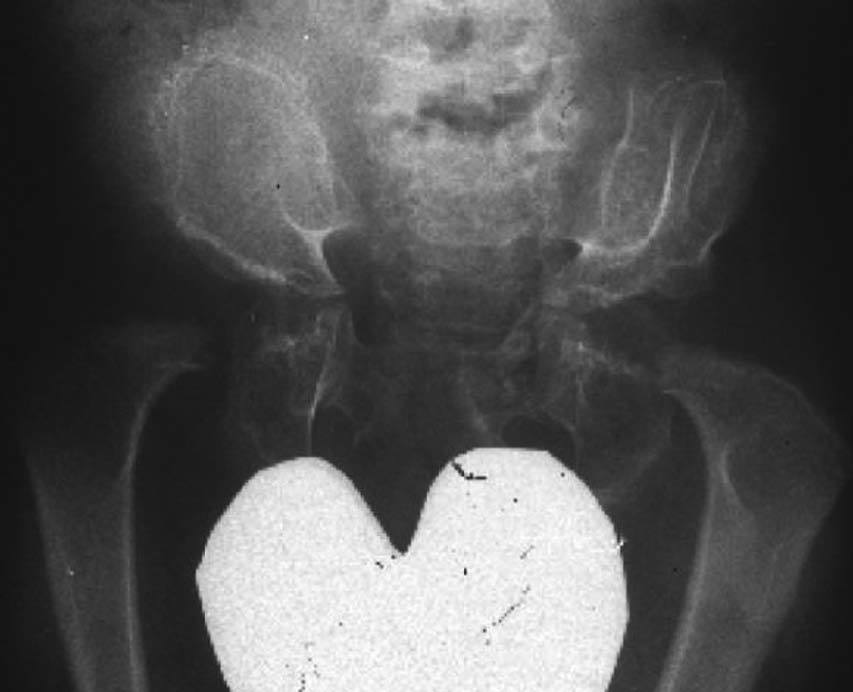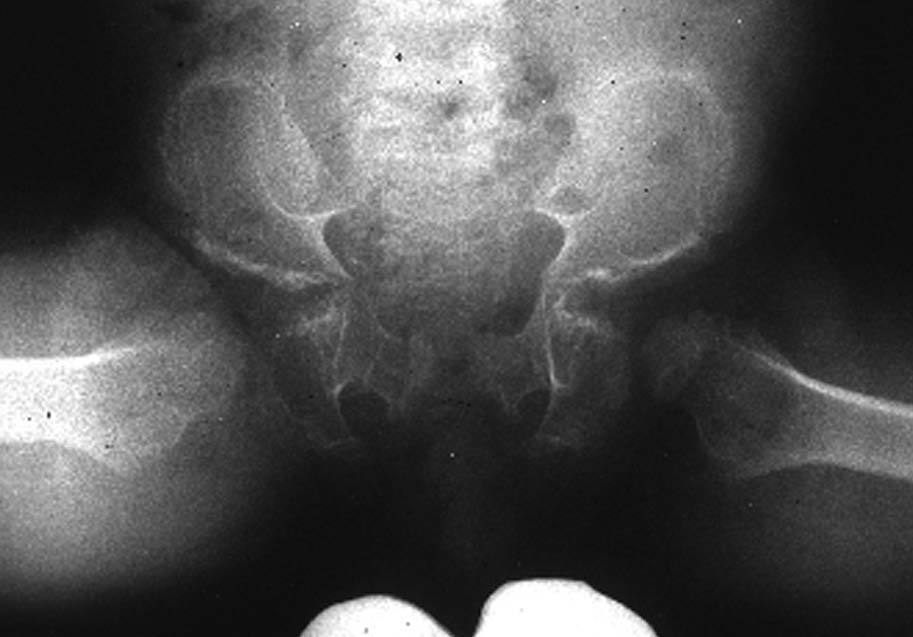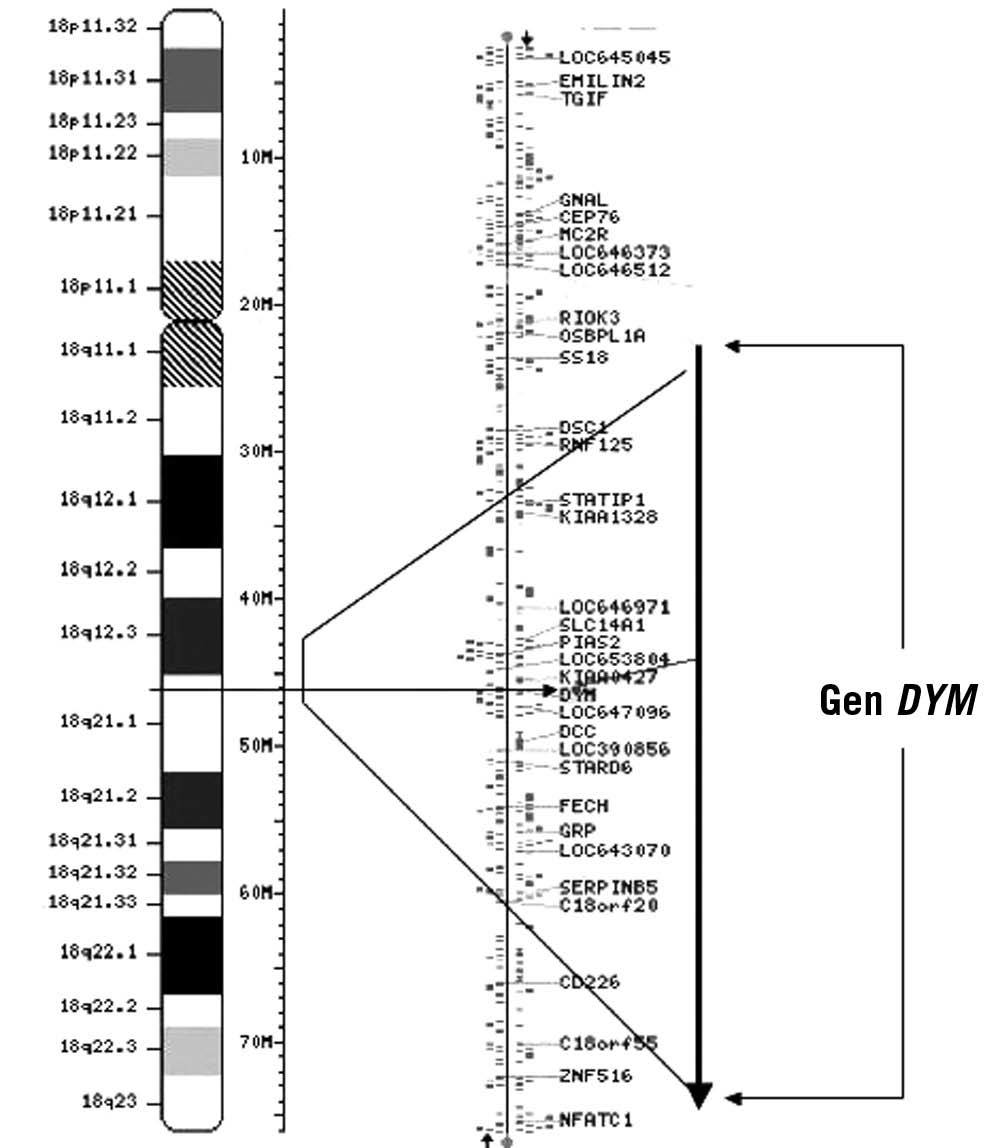Journal Information
Vol. 128. Issue 4.
Pages 137-140 (February 2007)
Vol. 128. Issue 4.
Pages 137-140 (February 2007)
DOI: 10.1157/13098019
Síndrome de Dyggve-Melchior-Clausen: presentación de un caso con una mutación de posible origen español
Dyggve-Melchior-Clausen syndrome: presentation of a case with a mutation of possible Spanish origin
Visits
7523
María Luisa Martínez-Fríasa, Valerie Cormier-Daireb, Daniel H Cohnc, Jacobo Mendioroza, Eva Bermejoa, Elena Mansillaa
a ECEMC. Centro de Investigación sobre Anomalías Congénitas (CIAC). Instituto de Salud Carlos III. Madrid.
b Department of Medical Genetics and INSERM U393. Hospital Necker Enfants Malades. París. Francia.
c Medical Genetics Institute. Steven Spielberg Pediatric Research Center. Los Ángeles. Department of Human Genetics and Department of Pediatrics. David Geffen School of Medicine. UCLA. Los Ángeles. EE.UU.
This item has received
Article information
Fundamento y objetivo: El síndrome de Dyggve-Melchior-Clausen es una displasia espondiloepimetafisaria progresiva, que se caracteriza por enanismo con tronco corto, tórax ancho, redondeado y protuberante, una grave platispondilia, cifoscoliosis, alas ilíacas con irregularidades que dan aspecto de «encaje», acortamiento rizomélico de las extremidades, microcefalia y retraso mental variable. Es muy poco frecuente y, por lo tanto, de difícil diagnóstico si no se tiene experiencia del síndrome. Su patrón de herencia es autosómico recesivo y el gen responsable, denominado dymeclin (DYM), se ha localizado en 18q12-21.1, y de él se han descrito alrededor de 21 mutaciones. Material y métodos: Se describe el caso de un niño español afectado de este síndrome. Resultados: El diagnóstico clinicorradiológico se confirmó por el estudio de las mutaciones del gen DYM. El paciente tenía 2 mutaciones diferentes, una procedente de la madre y otra del padre. Conclusiones: Una de las mutaciones del paciente (exón 8) es muy poco frecuente y se ha observado mayoritariamente en personas con posible ascendencia española (de Chile, Argentina e isla de Guam, y en un paciente francés con antepasados españoles). Estas observaciones, incluido el caso aquí descrito, han dado lugar a la consideración de que dicha mutación podría ser de origen español/portugués. Creemos que es importante publicar casos de este síndrome para que los profesionales sanitarios lo conozcan, porque podría ser más frecuente y estar infradiagnosticado. Esto es importante para ejercer la prevención cuaternaria, muy necesaria en síndromes raros con afectación polisistémica.
Palabras clave:
Síndrome de Dyggve-Melchior-Clausen (DMC)
Síndrome de Smith-McCort (SMC)
Mutaciones
Haplotipo
Background and objective: The Dyggve-Melchior-Clausen syndrome is a progressive spondyloepimetaphyseal dysplasia characterized by a short trunk dwarfism, barrel chest, sternal protrusion, kyphoscoliosis, severe platyspondyly, with a central constriction, irregular iliac wings with a lacy appearance, rhizomelic shortening of the limbs, microcephaly, coarse face, and variable mental retardation. This condition is extremely rare and the diagnosis is difficult without any previous experience on it. It is inherited as an autosomal recessive condition, its gene (DYM) having been mapped in the 18q12-21.1 chromosomal region. At least 21 different mutations of this gene have been reported. Material and methods: We describe an affected Spanish child and include his molecular analysis. We also review the current knowledge on this syndrome. Results: The diagnosis of this patient, based on his clinical and radiological features, was later confirmed by analysis of the DYM gene mutations. The patient had two different mutations, one inherited from the mother and the other inherited from the father. Conclusions: One of the mutations of this patient (exon 8) is extremely rare and has mostly been reported in patients with Spanish ancestors (from Chile, Argentina, Guam islands and a French patient with Spanish ancestors). These observations, together with that of the patient described here, led us to consider this mutation as having a possible Spanish/Portuguese origin. This condition may be more frequent in Spain than previously thought, especially due to misdiagnosis. This is important in order to undertake quaternary prevention, which is quite necessary for rare syndromes with polysystemic affectation.
Keywords:
Dyggve-Melchior-Clausen syndrome (DMC)
Smith-McCort syndrome (SMC)
Mutations
Haplotype
These are the options to access the full texts of the publication Medicina Clínica
Subscriber
Subscribe
Purchase
Contact
Phone for subscriptions and reporting of errors
From Monday to Friday from 9 a.m. to 6 p.m. (GMT + 1) except for the months of July and August which will be from 9 a.m. to 3 p.m.
Calls from Spain
932 415 960
Calls from outside Spain
+34 932 415 960
E-mail






